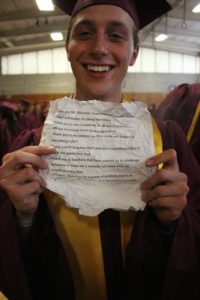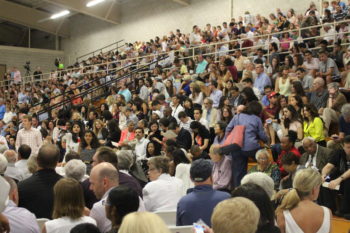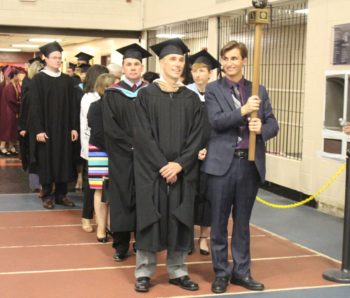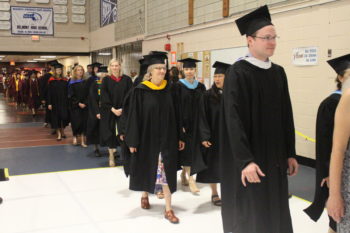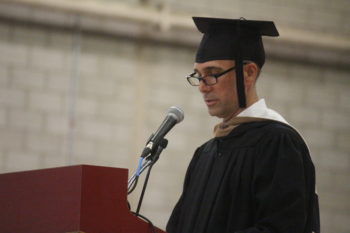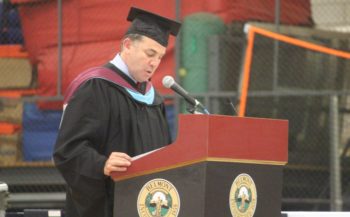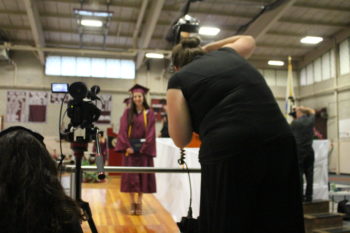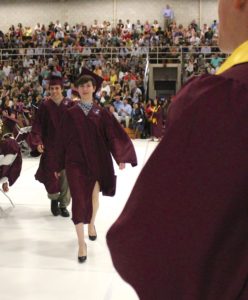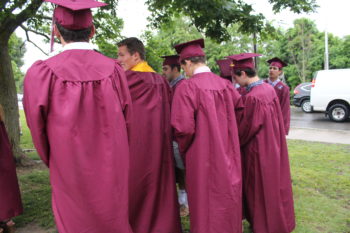Photo: Voting will take place in the customary locations.
In a decision affecting an all-important vote in two months time, the Minuteman Regional Vocational Technical School District will allow Belmont to use its customary polling locations for the Sept. 20 election rather than a single, centralized site to determine whether the district can go ahead with the financing of a new $145 million vocational high school.
Belmont Town Clerk Ellen Cushman told the Belmontonian that she received word of the reversal from Minuteman Regional School District Superintendent Edward Bouquillon on Friday night, July 15.
“Belmont requested that for the district-wide Minuteman election that voters were able to vote at our usual seven locations, eight precincts … and they were kind enough to allow that to occur,” said Cushman to a question on whether Minuteman had responded to her request and a letter in support from the Belmont Board of Selectmen.
Belmont’s Selectmen were highly critical of the earlier single location decision, saying it was a deliberate attempt by Minuteman – which under state law is allowed to call for a district-wide vote if it could not convince the 16 communities Town Meetings to move forward on the $100 million bonding plan – to stifle the vote in Belmont, the only of the district municipalities whose Town Meeting members voted down the financing plan at a Special Town Meeting earlier this year.
If the district vote passes the bonding issue, Belmont ratepayers could find themselves paying an additional maximum of $500,000 annually in capital costs in addition to the tuition to allow the roughly 30 Belmont students to attend the school in Lexington.
The selectmen joined Cushman in hailing the change.
“I’m thrilled to hear that [Minuteman] has allowed at least Belmont to vote in our regular precincts,” said Mark Paolillo, the board’s chair.
“I think they heard the concerns of the Town Clerk and [the board’s] letter … because we do expect a relatively high voter turnout,” said Sami Baghdady, vice chair of the board.
“There is nothing more discouraging to the democratic process than heavy traffic, waiting in lines and with only one polling station, it would have a big dampening effect,” he said.
While many town officials believe voter turnout of registered voters in the other 15 district communities will be in the low teens and even single digits, Cushman expects upwards of 30 percent coming out to vote.
“The way I looked at it, it wasn’t because I supported a point of view, I just want broad representation to vote either way on this,” said Paolillo.
Earlier this month, Minuteman’s recommendation was to use only one location for a vote, which Cushman said would place a hardship on Belmont voters by causing confusion on where to place their ballot not only on Sept. 20 but in state and national elections before and after the financing polling.
Cushman said the only location in Belmont that could accommodate up to 6,000 voters would be the Wenner Field House on the Belmont High School campus off Concord Avenue.
With the need for added transportation, police coverage and mailings to voters, Cushman noted the total cost to the town to use one location would eventually cost Minuteman – which is paying for the election – about the same amount, about $16,000, as using the seven sites.
With the reversal on Minuteman’s part, Belmont voters will head to their familiar polling locations on Tuesday, Sept. 20, but with one distinct difference.
“Polls will be open from noon until 8 p.m.; we will not open at our usual 7 a.m. start,” said Cushman.





